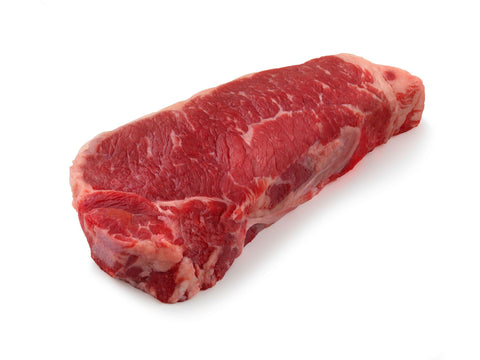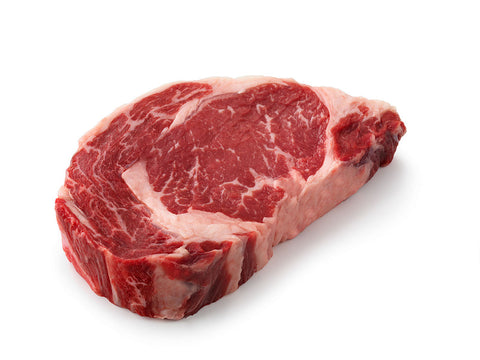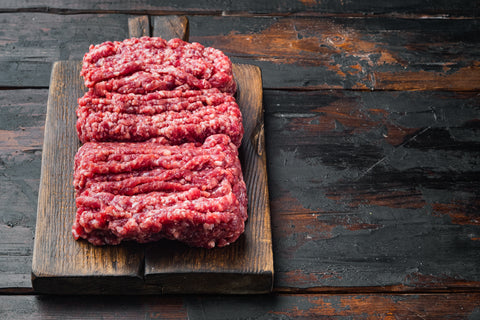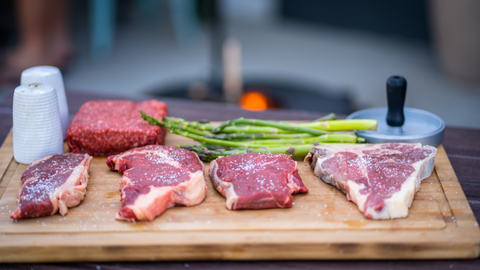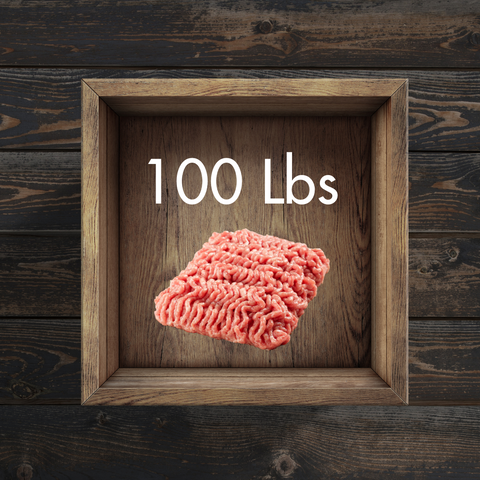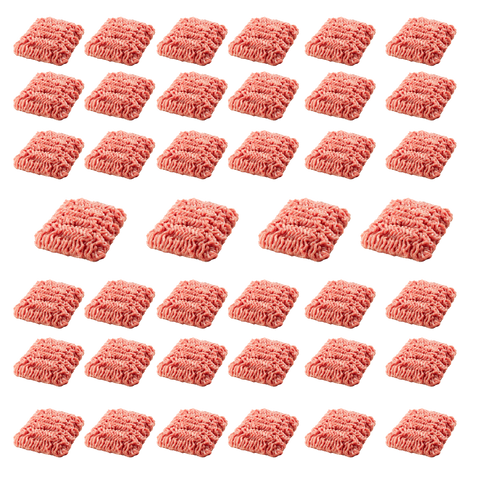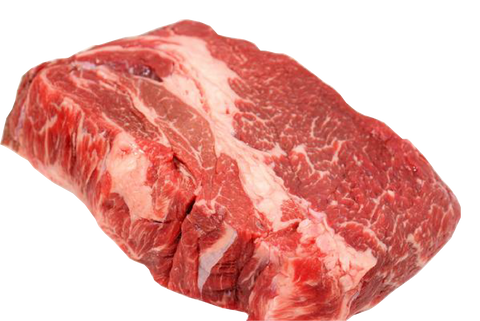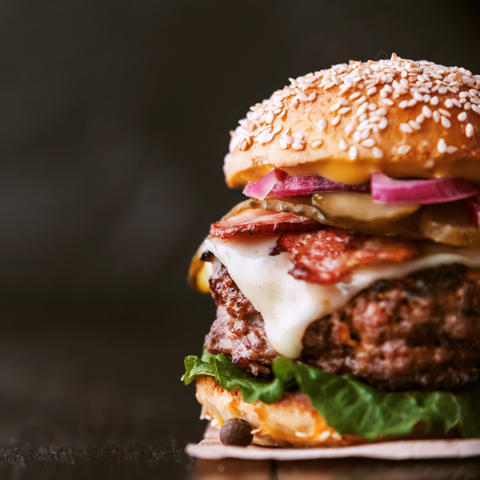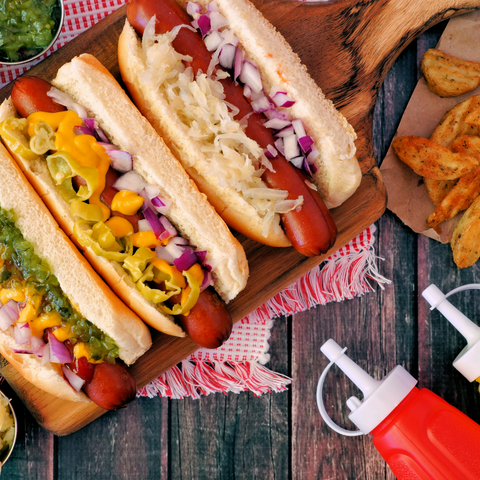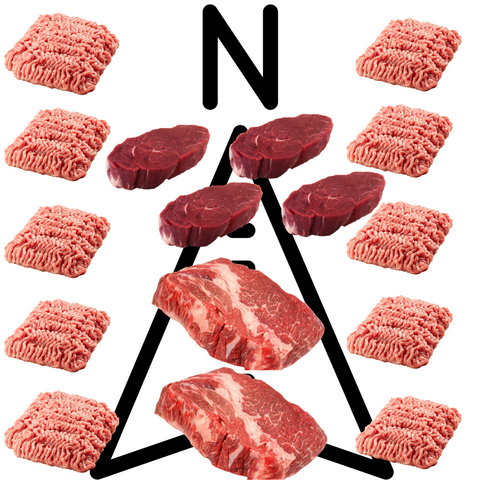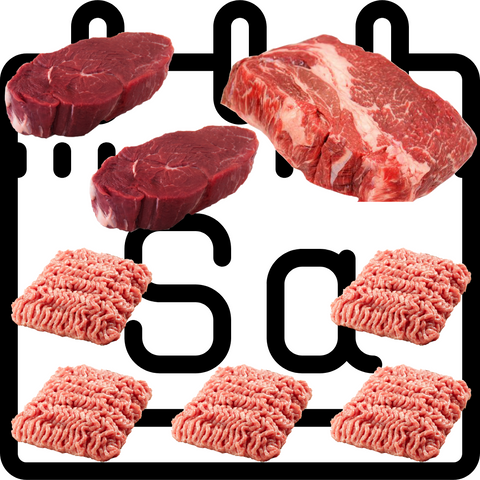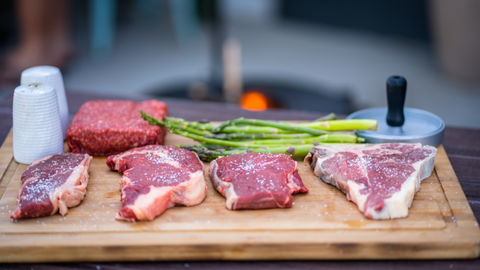Beef you can trust, start to finish. From our farm to your freezer.
We are now taking reservations for 2023 Spring Season. Beef will be processed June 28th and Dates In The Fall TBD. You will have your meat 4-6 weeks after processing.
PLEASE READ ALL OF THIS CAREFULLY - IT HAS IMPORTANT INSTRUCTIONS
YOU ARE MAKING A RESERVATION FOR MORE BEEF BY MAKING THIS PAYMENT... PLEASE READ ALL OF THE INSTRUCTIONS!
How Do We Farm?
HUMANELY-RAISED,
PASTURE-RAISED, CLIMATE-POSITIVE FARMING
Welcome to Henry Pastures, where we prioritize sustainable farming practices that promote healthy soil and happy animals. Here are our five Soil Health Laws that we follow to maintain healthy soil and help combat global warming:
- Limit Disturbance: We avoid tilling, which tears apart the soil structure and disrupts the delicate balance of soil life. Instead, we use a state-of-the-art paddock design that limits disturbance and allows our animals to move freely while promoting rest and recovery of the soil.
- Armor the Soil: We protect our soil from erosion by keeping it covered with vegetation or organic materials, such as cover crops, crop residues, or animal manure. This helps retain moisture, reduce soil temperature, and enhance nutrient cycling.
- Promote Diversity: We believe that diversity is key to a healthy ecosystem, so we promote diversity in our cropping system and avoid monoculture. This enhances the function of our ecosystem and improves soil structure and fertility.
- Maintain Living Roots in the Soil: We ensure that our soil is always covered with living plants, including fall-seeded biennials, which feed the soil biology and provide carbon, the basic food source for soil organisms. This helps maintain soil health and fertility.
- Integrate Animals: We integrate our animals into our farming practices, recognizing that nature does not work without animals. Our animals graze on plants, stimulating them to pump more carbon into the soil by cycling more carbon out of the atmosphere and putting it into the soil. This helps sequester carbon from the atmosphere and move us in the right direction for combating global warming.
At Henry Pastures, we are proud to be soil farmers, committed to following our Soil Health Laws to promote healthy soil and help combat global warming while producing high-quality beef that is both delicious and environmentally sustainable.
How do we treat our animals?
At our farm, we believe in taking a holistic approach to farming that prioritizes the health of our soil, our animals, and our community. Our philosophy is to put our cattle to work for the benefit of the soil, while also ensuring their comfort and well-being. As I always say, "We strive to give our animals the best life possible, with only one bad day for them, and us."
We believe this results in meat that is higher in nutrients and healthy fats than conventionally raised alternatives. Raising a new standard isn’t the easiest way, but we believe it’s the only way forward.... It also tastes... AAAAAmazzzzing!!
Our animals are moved throughout the year, even in the winter, to provide them with fresh ground to graze on and rest in. This helps promote soil health by preventing overgrazing and allowing the soil to rest and recover. In addition, we provide our animals with shade on hot days and shelter during cold weather to ensure their comfort and well-being.
We understand that cattle are incredible animals that can survive in difficult conditions, but we still strive to go above and beyond to ensure their comfort and health. That's why we monitor our animals daily to ensure they have access to fresh feed and water and are comfortable in their environment.
At our farm, we believe in treating our animals with respect and care, while also using their natural behaviors to promote the health of our soil. We are proud to be stewards of both our animals and our land, and we are committed to sustainable farming practices that benefit both.
What do they eat?
For us, forage refers to plants that grow out of the ground and we believe in providing our cattle with a diverse diet that goes beyond just grass. That's why we plant a variety of cover crop mixes that help heal our soil and give our cattle access to different types of food.
Our cover crop fields include a variety of warm and cool-season annuals and cool-season perennials, such as clover, grasses, sorghum, kale, collards, radishes, oats, triticale, barley, chicory, pollinators, pumpkins, gourds, and much more. We also let our cattle clean up our garden at the end of the year, where they can enjoy a range of vegetables, such as cucumbers, zucchini, tomatoes, peppers, and more.
What's Our Plan?
Our grazing operation is carefully planned to ensure that our cattle have access to a variety of food options and areas that benefit not just the cattle, but all of the wildlife on our farm. We use a field plan that groups different colors together, with each color representing a different type of food source for our cattle.
We try to graze as many days throughout the year as possible.
On April 30th, 2022, a group of animals arrived at our farm and will sadly leave on June 26th, 2023, after spending 422 days on our farm. For 244 days, they only ate forage and grass with no supplemental hay, while for 178 days, they were fed supplemental hay. Unfortunately, due to heavy snow cover, grazing was not possible for 49 days (December 16th to February 3rd) and they ate 100% hay (High Quality).
These numbers are a testament to our grazing management and planning, as well as our investment in the necessary infrastructure to make this possible. We believe that by providing our cattle with fresh air and space, they are much happier and healthier while putting on fat from grass.
Below is a picture of our plan and the timeframes they were in the specific sections. Remember, we move them 1-2 a day during the growing season (244 Days) and once per week during the winter (178 Days).
What are the health benefits of Grass Fed Beef?
There are a few that I will list below, but for the most part you are buying the way these animals were raised. All grass fed beef are not created equal and neither is grain fed. We are not trying to put anyone down, but our practices are formulated through science and research to accomplish a perfect dance where nature thrives and so do the animals.
According to Healthline Nutrition:
“You are what you eat” applies to cows, too.
According to Healthline Nutrition, the following are some of the fatty acids found in grass-fed beef:
- Total fat: Grass-fed beef usually contains less total fat than grain-fed beef, which means it contains fewer calories per gram.
- Monounsaturated fat: Grass-fed beef contains much less monounsaturated fat than grain-fed beef.
- Omega-6 polyunsaturated fats: Grass- and grain-fed beef contain similar amounts of omega-6 fatty acids.
- Omega-3s: Grass-fed beef contains up to five times as much omega-3 as grain-fed beef.
- Conjugated linoleic acid (CLA): Grass-fed beef contains about twice as much CLA as grain-fed beef. CLA is associated with a few health benefits.
It's important to note that while grass-fed beef may contain less total fat than grain-fed beef, the breed and cut of meat can also affect the fat composition of beef. Overall, grass-fed beef is linked to higher levels of omega-3s and CLA, both of which have potential health benefits. It's also important to consider the way the animals were raised when choosing meat products.
How Much Do They Cost?
What you are buying right now is the initial reservation and processing cost that we have already paid to the butcher. Please remember there will be an additional charge on the butcher date. Read the directions carefully. These weights are Estimations, there may be situations where you get slightly more or less based on your cutting instructions. (Example: Boneless steaks weigh less than bone in)
Whole Beef: 380lbs of Packaged Cuts - $3,895 ($10.25lb) + $200 (Non-Refundable) Reservation (Local Sale Price) $4,750 ($12.50lb) (Normal Price)
(½) Half: 190 lbs of Packaged Cuts - $1,995 ($10.50lb) + $150 (Non-Refundable) Reservation (Local Sale Price) $2,470 ($13.00lb) (Normal Price)
(¼) Quarter: 95 Lbs of Packaged Cuts - $1,045 ($11.00lb) + $100 (Non-Refundable) Reservation (Local Sale Price) $1,330 ($14.00lb) (Normal Price)
(⅛) Eighth: 45 lbs Of Packaged Cuts - $540 ($12.00lb) + $85 (Non-Refundable) Reservation (Local Sale Price) $675 ($15.00lb) (Normal Price)
We can ship meat across the country and when we market to those areas we use our (Normal Prices). I can assure you that these are the best prices we can provide and we care most about providing good healthy food to our local community. We understand the financial commitment this is but check out how it compares if you were to buy all of this from the store.
Frequently asked question
Butcher Date: 6/28/23
Estimated Pickup Time: 7/24/23 - 8/5/23
Fall: TBD
You will be notified in 2-6 weeks (Depending On Hanging Time)after the butcher date that your meat is ready.
- All butchering and processing fees
- Dry aging for flavor and tenderness 14 days (You can request longer).
- All items are professionally packaged, and labeled with the name of cut.
- All meat is flash frozen to preserve freshness, quality and flavor.
- Cuts are vacuum sealed for indefinite fresh quality in the freezer.
- 100% Satisfaction guarantee
We have started receiving this question a lot. We do not. Our standards for our grass fed beef are the following:
Protocols
- 100% Grass-Fed (No Grain)
- No Hormones or Steroids
- Antibiotic-Free
- GMO-Free
- MRNA Free
- Pasture-Raised
- No Animal By-Products
- MSG-Free


